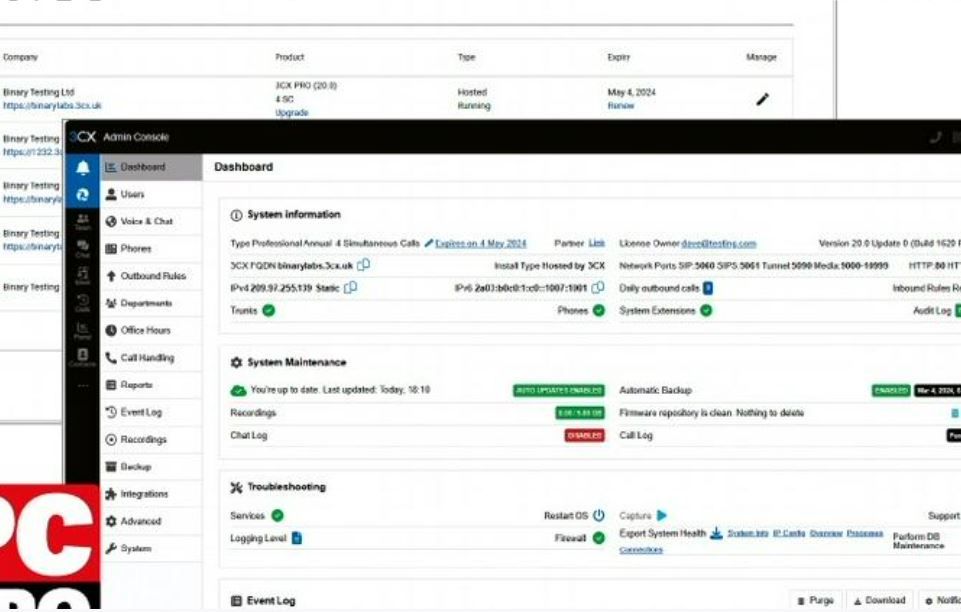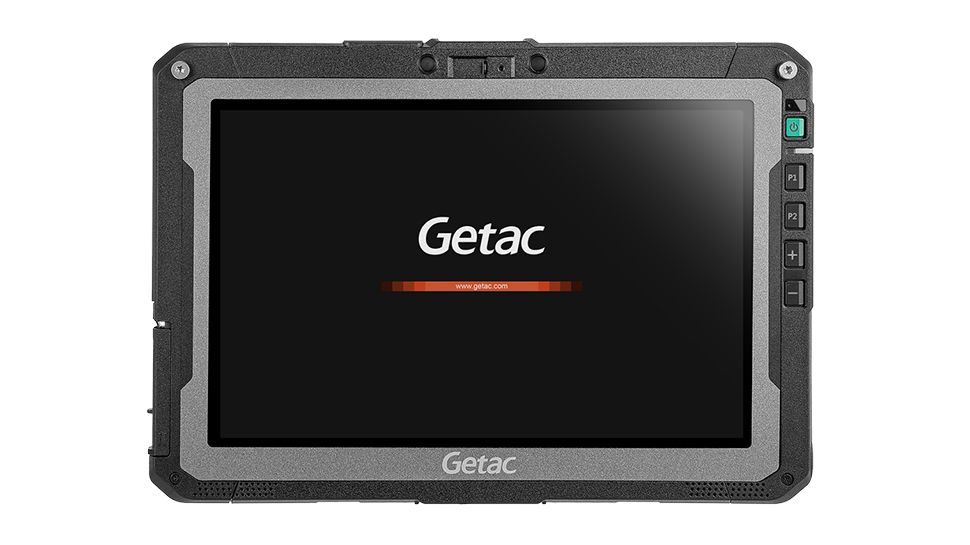‘World first’ flying motorbike could let you fly 100km per hour
Share:
An airborne electric motorbike could let you fly for 40 minutes at a time for $60,000. For now, Rictor’s Skyrider X1 is just a concept rendered in artists’ drawings. But if it is rolled out in 2026, as the creators hope, it could be the world’s first flying motorcycle.
![[?World-1st? sci-fi electric motorcycle could fly for 40 mins at 62 mph, land vertically]](https://metro.co.uk/wp-content/uploads/2025/01/SEI_235464480-d15b.jpg?quality=90&strip=all&w=434)
Exhibited at the Consumer Electronics Show (CES) 2025 in Las Vegas this week, Skyrider X1 could let you fly for up to 100km per hour for 40 minutes at a time. The company ‘envisions a near future where personal flight is no longer an unreachable dream but an accessible reality’.
![[?World-1st? sci-fi electric motorcycle could fly for 40 mins at 62 mph, land vertically]](https://metro.co.uk/wp-content/uploads/2025/01/SEI_235464400-204e.jpg?quality=90&strip=all&w=646)
Equipped with a 10.5Kwh battery, four roof-mounted axes with eight paddles each would allow drivers to take off and land vertically. ‘Designed as an amphibious vehicle, it seamlessly combines land and air functionality, offering users the ultimate freedom in driving experiences’, Rictor claims.
Although Rictor says ‘safety is paramount in the Skyrider X1’s design’, the vehicle may run into regulatory problems if California-based developers seek to sell it on the market. In the US, flying cars are only legal in Minnesota and New Hampshire, while California has no specific laws for them.
There is talk of laws allowing their use being introduced in other states. But they may still be limited to land use on the roads. This is because small aircraft are not allowed to take off or land on public roads, except in an emergency. The proximity of Skyrider’s propellers to the vehicle’s doors could also prove a safety hazard.





















